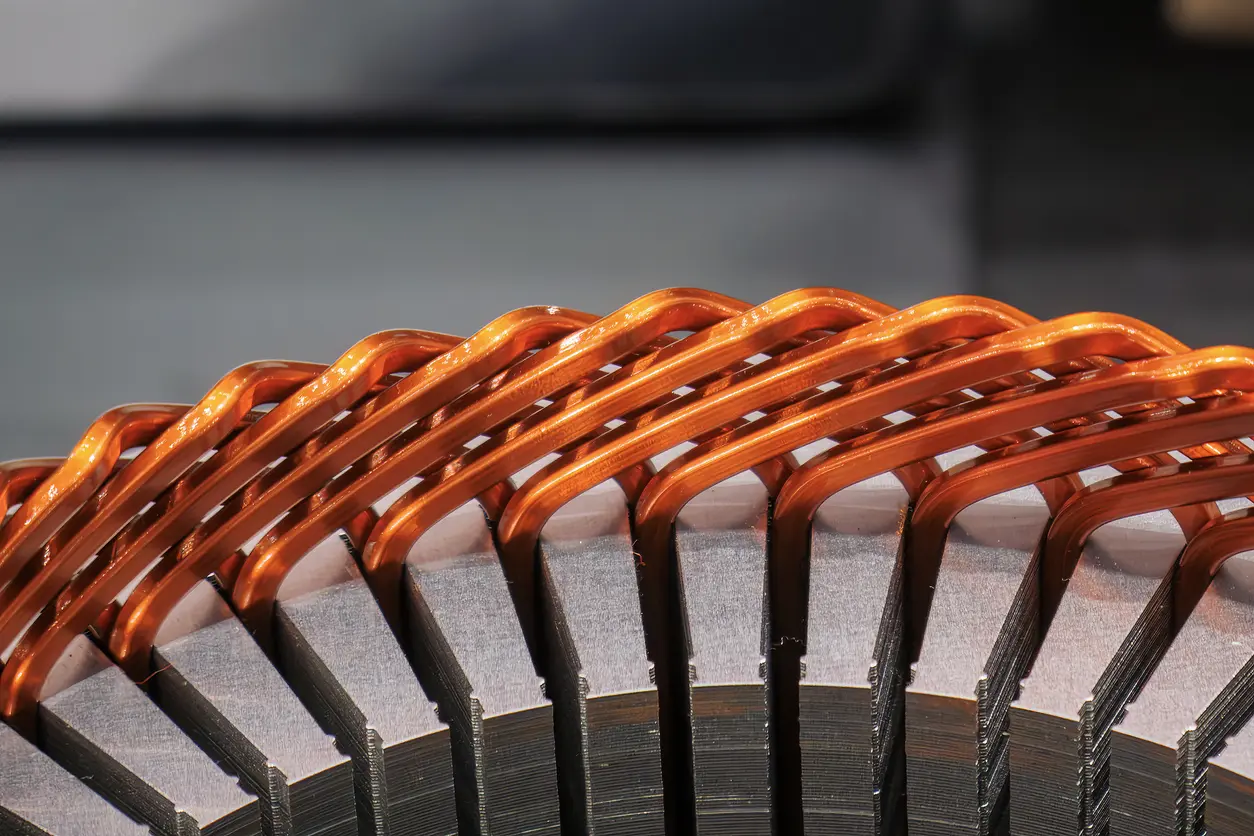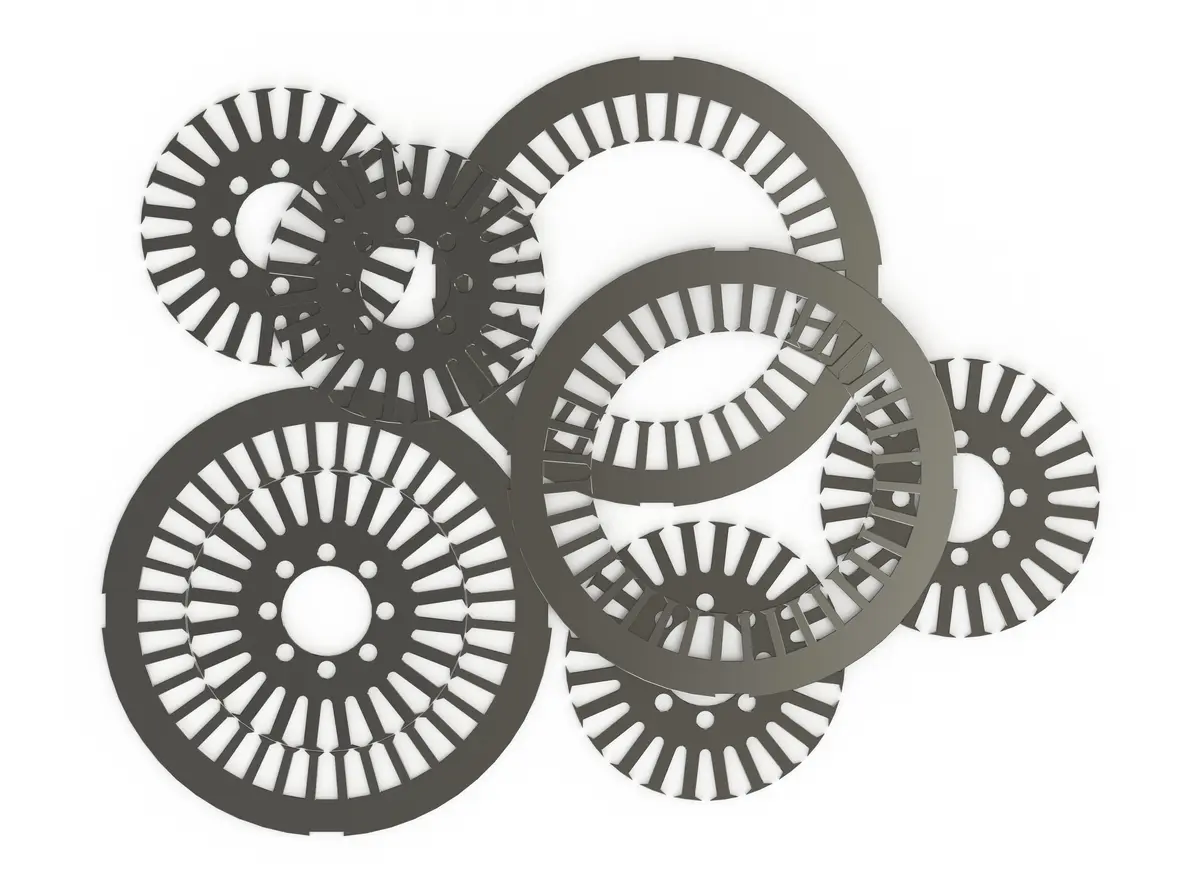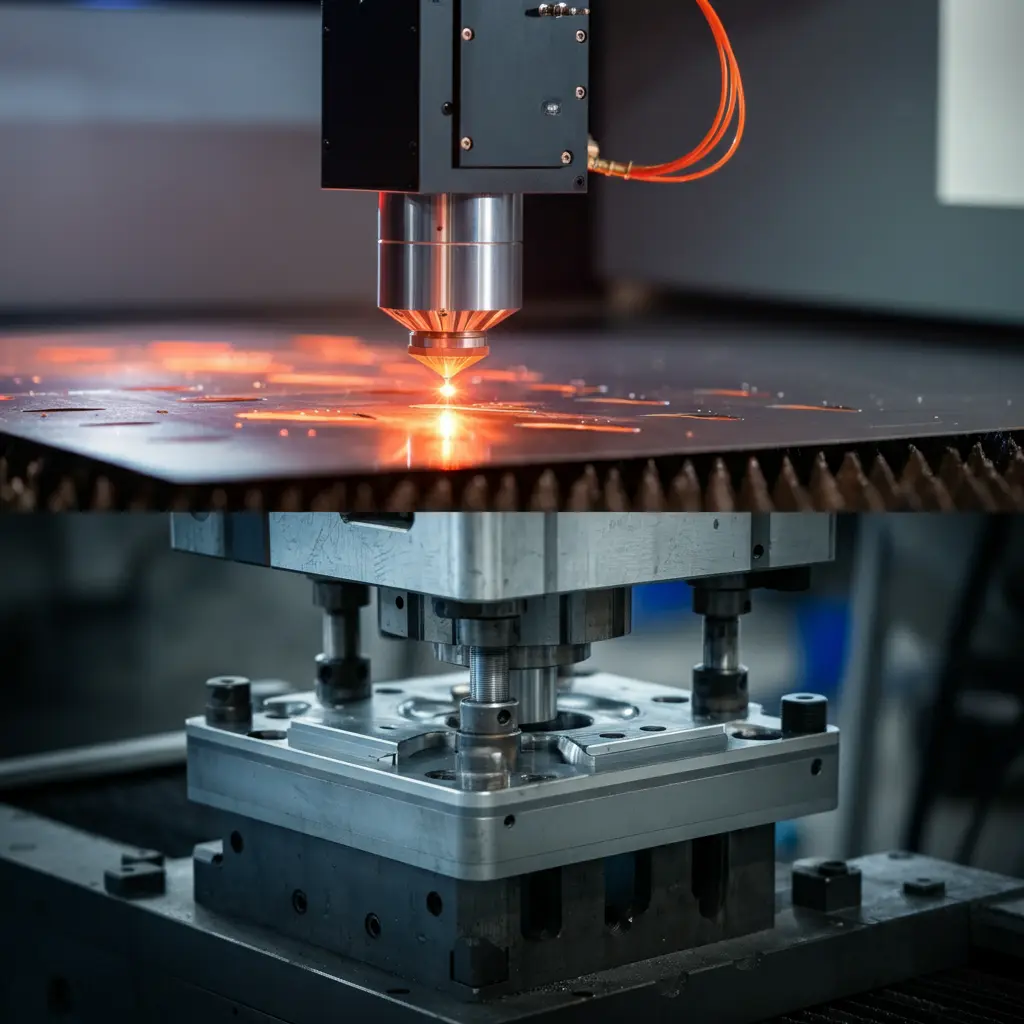Discover the basic operating principles of transformers and how transformer core lamination enhances their efficiency and performance. Learn about the manufacturing process of transformer core lamination and its impact on modern electrical power systems.
1. Introduction
1.1 Understanding the Importance of Transformers
a. Role in Electrical Power Systems
Transformers are essential components in electrical power systems, enabling the efficient transmission and distribution of electricity from generation plants to end-users. By adjusting voltage levels, transformers facilitate the safe and economical transfer of electric power over long distances, minimizing energy losses.
b. Efficiency and Performance
The performance of a transformer directly impacts the overall efficiency of the power grid. High-efficiency transformers reduce energy losses, lower operational costs, and contribute to environmental sustainability by decreasing greenhouse gas emissions associated with power generation.
1.2 Purpose of the Article
a. Overview of Operating Principles
This article aims to elucidate the basic operating principles behind transformers, focusing on how they function and the critical role of their components.
b. Insight into Transformer Core Lamination
We will delve into the manufacturing process of transformer core lamination, exploring how it enhances transformer performance and efficiency. Understanding transformer core lamination is vital for appreciating advancements in transformer technology and their impact on modern power systems.
2. Basic Operating Principles of a Transformer
2.1 Electromagnetic Induction
a. Faraday’s Law
Transformers operate on the principle of electromagnetic induction, as described by Faraday’s Law. This law states that a change in magnetic flux within a closed circuit induces an electromotive force (EMF) proportional to the rate of change. In transformers, this principle enables the transfer of electrical energy between circuits without physical contact. For a detailed explanation of Faraday’s Law, you can refer to this resource.
b. Mutual Induction
Mutual induction occurs when a changing magnetic field in one coil induces a voltage in a second coil placed nearby. In a transformer, the primary winding creates a varying magnetic field that induces a voltage in the secondary winding, allowing energy transfer based on the ratio of turns between the windings.
2.2 Components of a Transformer
a. Primary and Secondary Windings
The primary winding is connected to the input voltage source and generates a magnetic field when current flows through it. The secondary winding is connected to the output load and receives induced voltage from the magnetic field created by the primary winding. The number of turns in each winding determines the voltage transformation ratio.
b. Transformer Core
The transformer core serves as a magnetic pathway that efficiently channels the magnetic flux between the primary and secondary windings. It is made of materials with high permeability to maximize magnetic coupling and minimize energy losses.
3. Transformer Core Lamination
3.1 Purpose of Core Lamination
a. Reducing Eddy Currents
Eddy currents are loops of induced current within the core material caused by the changing magnetic field. These currents generate heat and contribute to energy losses. Transformer core lamination involves stacking thin, insulated sheets of magnetic material to interrupt the paths of eddy currents, thereby reducing their magnitude and associated losses.
b. Minimizing Hysteresis Loss
Hysteresis loss occurs due to the lag between changes in the magnetic field and the magnetization of the core material. Using high-quality magnetic materials and laminations reduces hysteresis loss by ensuring efficient magnetization and demagnetization cycles within the core.
3.2 Materials Used in Core Lamination
a. Silicon Steel
Silicon steel is the most commonly used material in transformer core lamination. The addition of silicon increases the electrical resistivity of the steel, reducing eddy current losses. Grain-oriented silicon steel, where the grains are aligned in the rolling direction, further enhances magnetic properties and reduces energy losses.
3.3 Manufacturing Process
a. Material Preparation
The manufacturing process begins with selecting high-grade magnetic steel sheets, typically 0.18 to 0.35 millimeters thick. These sheets undergo cold rolling to achieve precise thickness and surface finish, which are critical for minimizing energy losses.
b. Punch Press and Shaping Laminations
The steel sheets are cut into specific shapes, such as “E” and “I” sections, using precision tools like laser cutters and wire EDM for small scale manufacturing and utilize punch presses for large scale manufacturing. Accurate manufacture techniques ensure tight stacking and reduce air gaps, which can adversely affect transformer performance.
4. Types of Transformer Core Constructions
4.1 Core-Type Transformers
a. Design and Features
In core-type transformers, the windings are wound around the laminated core limbs. The core has a simple rectangular shape with two vertical limbs and horizontal yokes connecting them. This design provides good cooling and is suitable for high-voltage applications due to its ability to handle large amounts of magnetic flux.
b. Applications
Core-type transformers are commonly used in power transmission systems and applications where high voltage and power levels are required. Their design allows for easy insulation between windings and core, making them ideal for step-up and step-down transformers in power grids.
4.2 Shell-Type Transformers
a. Design and Features
Shell-type transformers have the core surrounding the windings, forming a shell-like structure. The windings are placed inside a window formed by the core laminations. This configuration provides a stronger mechanical structure and better protection for the windings.
b. Applications
Shell-type transformers are often used in low-voltage and high-current applications, such as industrial power supplies and specialty transformers. Their robust design makes them suitable for environments where mechanical stresses are a concern.
5. Advances in Transformer Core Technology
5.1 Grain-Oriented Silicon Steel
a. Benefits and Usage
Grain-oriented silicon steel has grains aligned in the direction of rolling, enhancing magnetic properties along that axis. This alignment reduces core losses and allows for thinner laminations. The result is a more efficient transformer with reduced energy consumption and operational costs.
6. Impact of Transformer Core Lamination on Performance
6.1 Efficiency and Energy Savings
Transformer core lamination directly influences the efficiency of a transformer. By minimizing eddy current and hysteresis losses, laminated cores ensure that more of the input energy is transferred to the output, reducing wasted energy and associated costs.
7. Conclusion
7.1 Recap of Key Points
Understanding the basic operating principles of transformers and the manufacturing process of transformer core lamination highlights the importance of core design in enhancing efficiency and performance. The use of materials like grain-oriented silicon steel and along with precise manufacturing techniques, reduces energy losses and supports the reliable operation of power systems.
7.2 Future Trends in Transformer Core Lamination
Ongoing research aims to develop new materials and technologies that further reduce core losses and improve transformer efficiency. Innovations such as advanced materials and advanced manufacturing techniques promise to enhance transformer performance, supporting the growing demand for efficient and sustainable power distribution.
Reference
Faraday’s Law of Induction, Encyclopedia Britannica





